Gallery: Drop-Dodging Mosquitoes
Drop-Dodging Mosquito
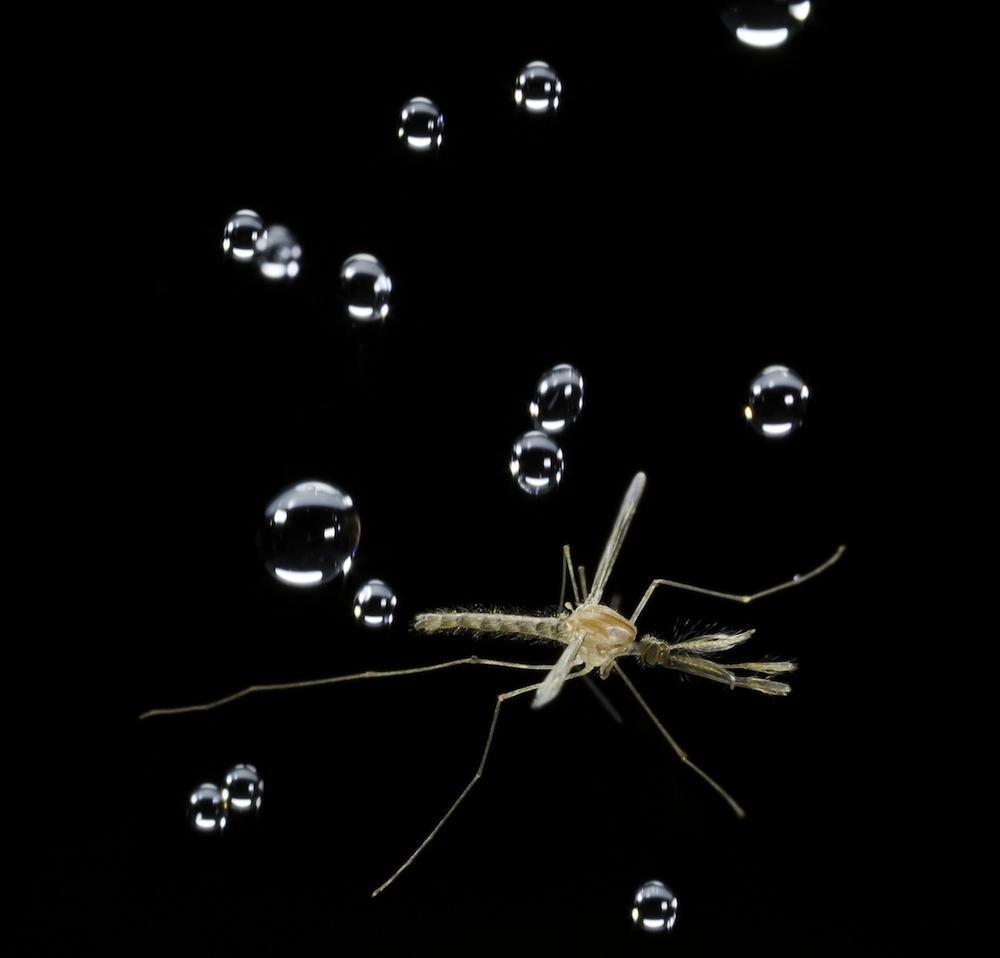
A mosquito among water droplets. Thanks to their low mass, mosquitoes can survive hits from droplets 50 times their own weight.
Crushing Blow
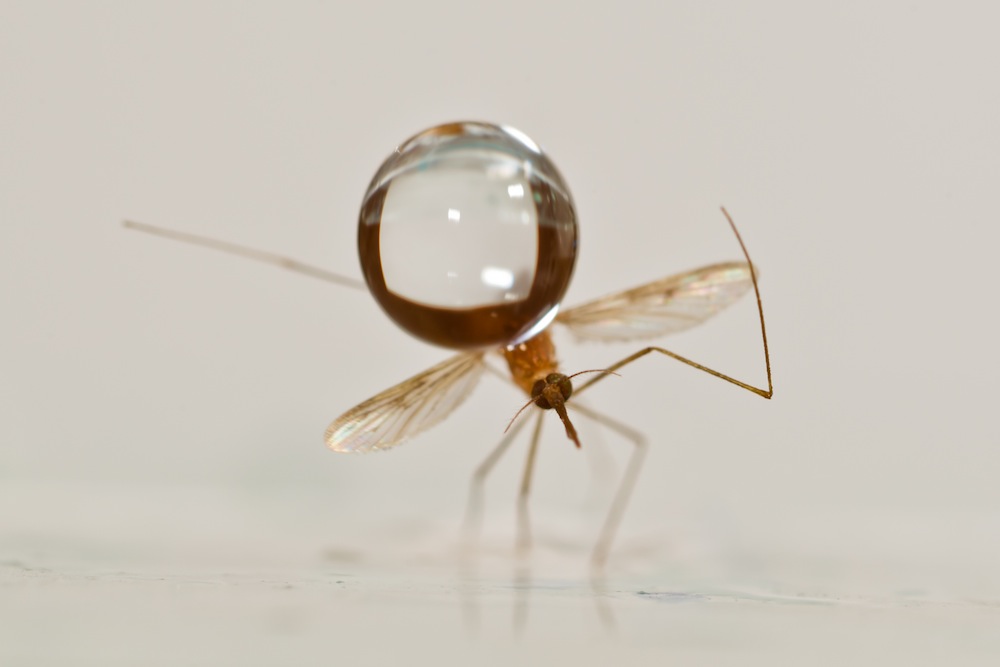
Being hit by a drop on a solid surface is fatal for mosquitoes.
MIdair Collisions
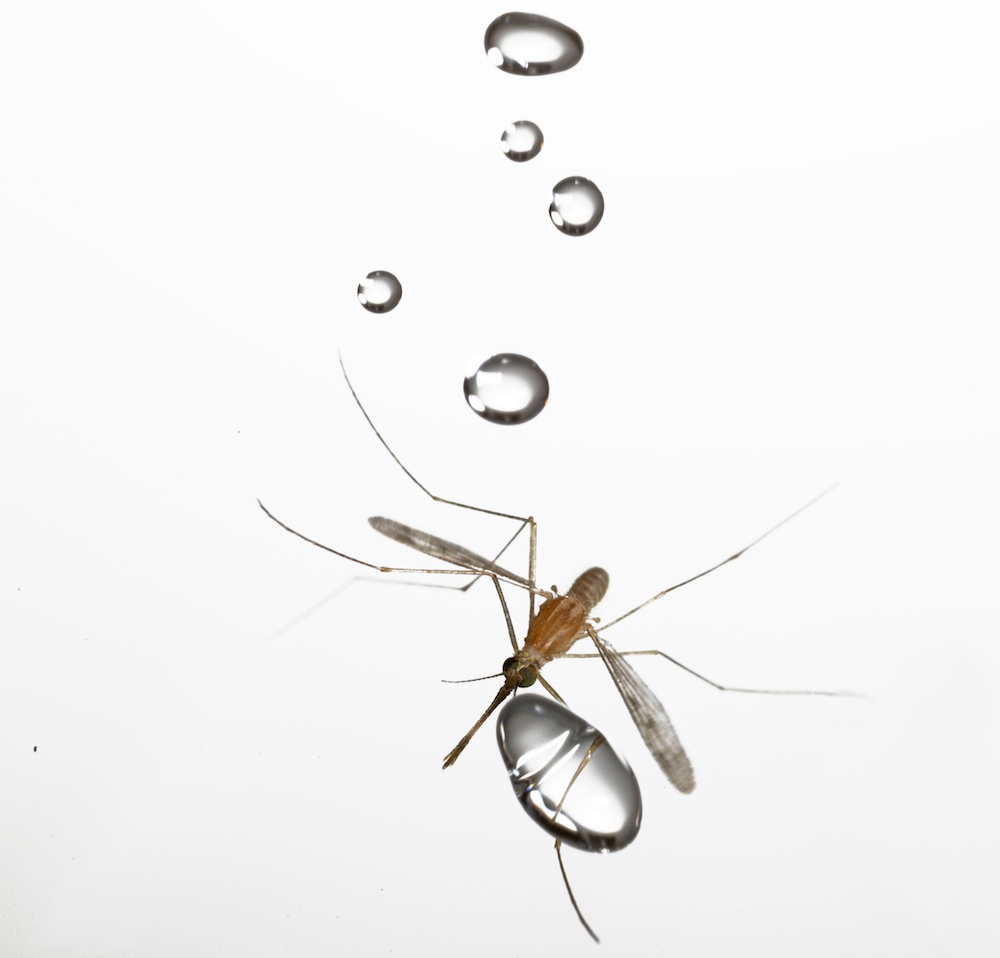
In midair, drops don't splash on mosquitoes. Instead, the mosquitoes tumble along with the droplets, eventually disengaging and flying away unharmed.
Water Drops
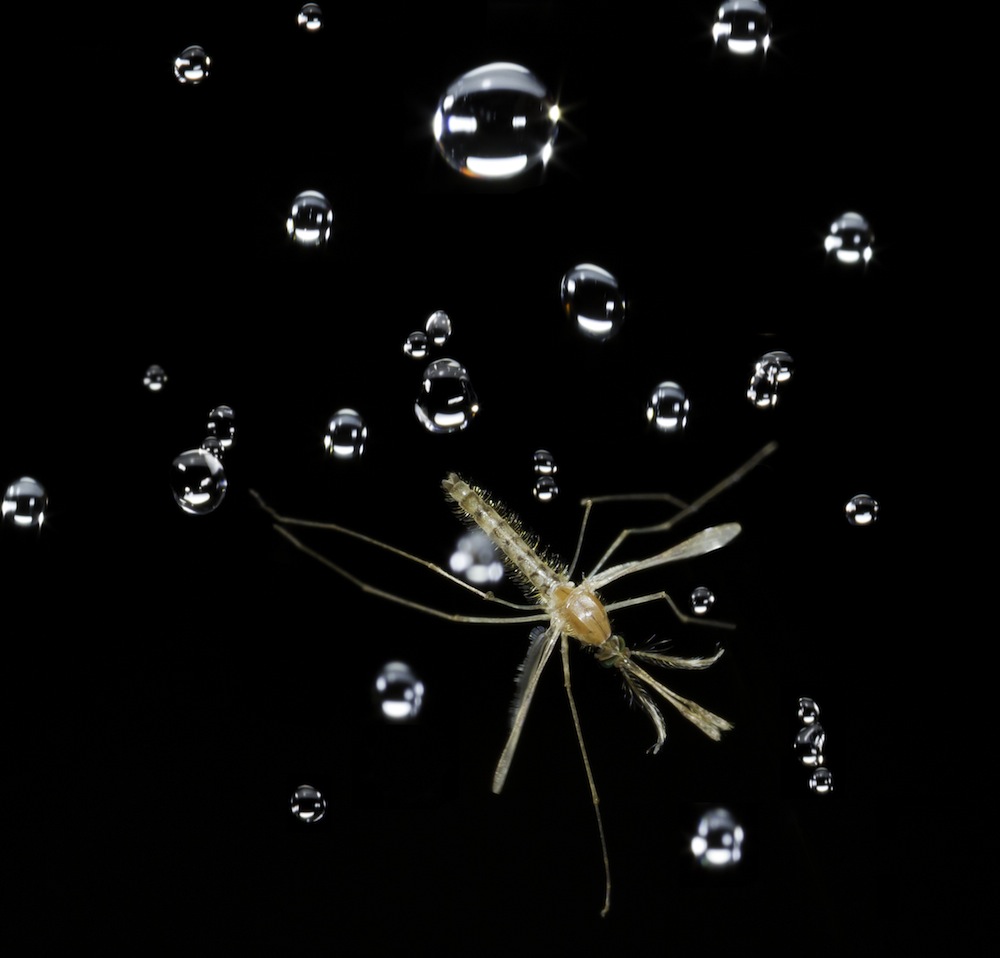
Droplets transfer only 10 percent of their force onto a flying mosquito.
Raindrops Falling On My Head
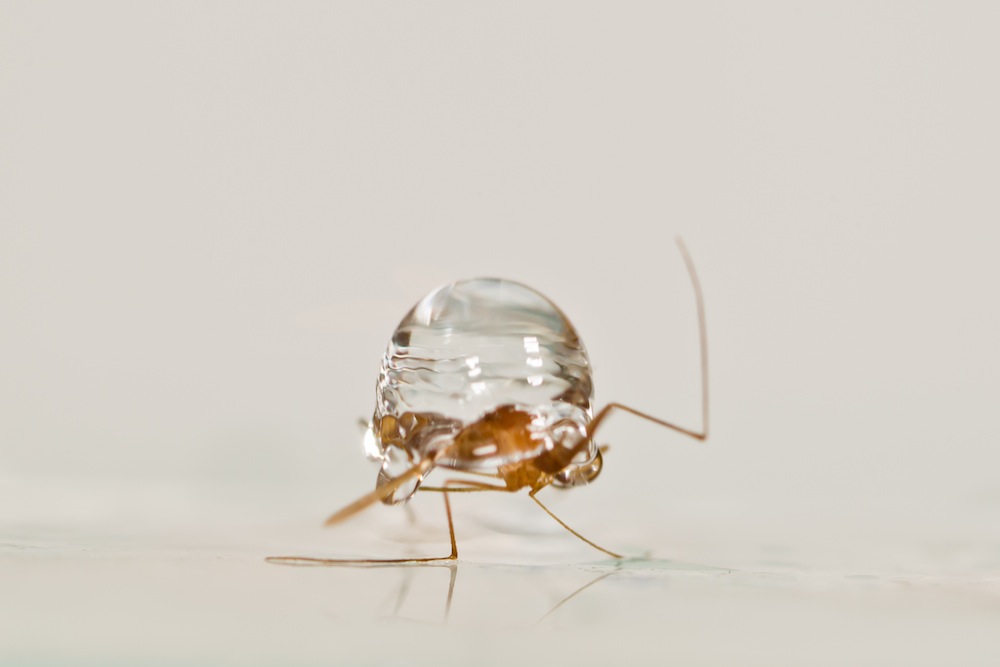
Most likely, mosquitoes try to seek shelter during rainstorms, according to study researcher David Hu.
Falling Water
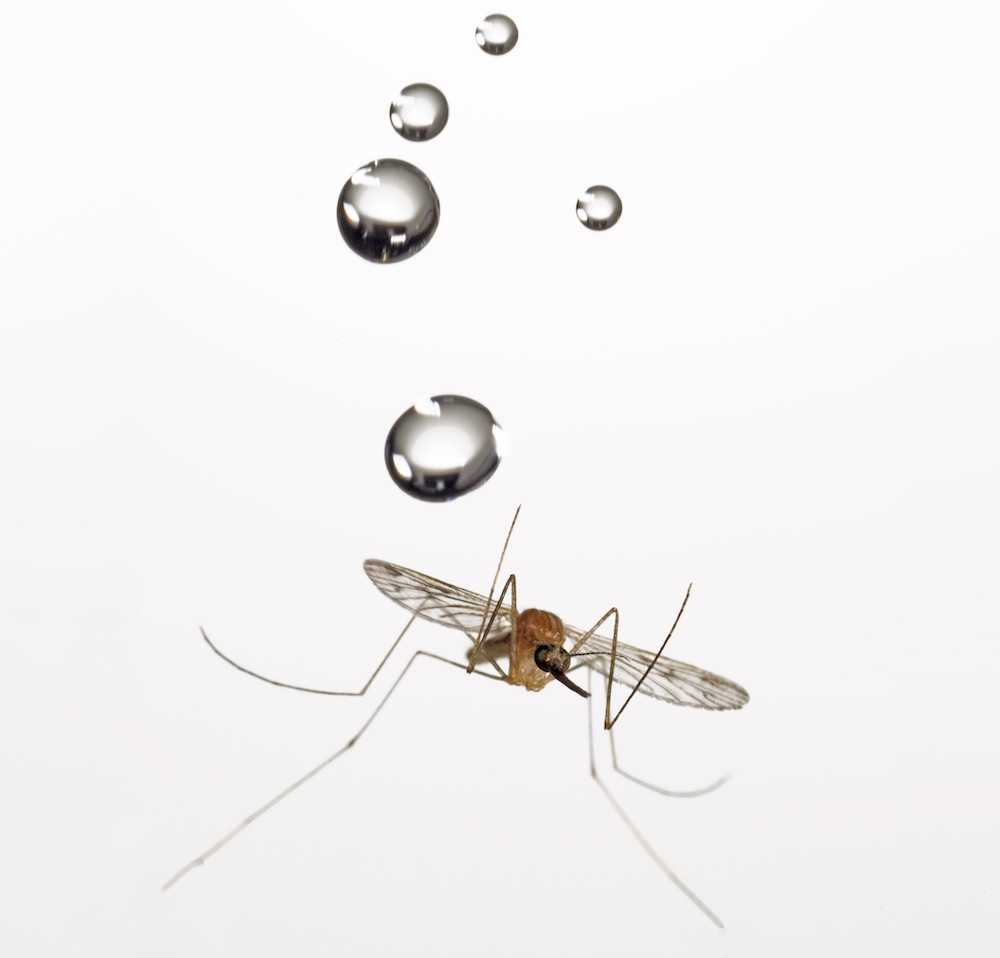
Mosquitoes' ability to survive may inspire designs for insect-sized flying robotics.
Balancing Act
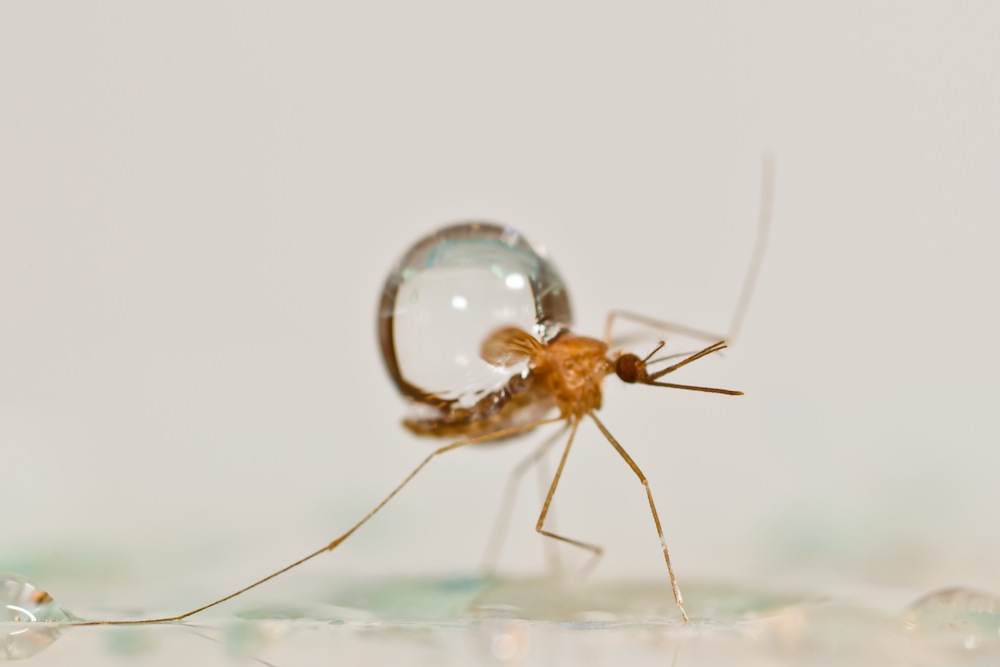
A mosquito braces for the moment of impact.
Get the world’s most fascinating discoveries delivered straight to your inbox.
Mosquito Free-Fall

As long as mosquitoes fly high enough so they can detach from a falling drop before hitting the ground, they easily survive being hit.

Stephanie Pappas is a contributing writer for Live Science, covering topics ranging from geoscience to archaeology to the human brain and behavior. She was previously a senior writer for Live Science but is now a freelancer based in Denver, Colorado, and regularly contributes to Scientific American and The Monitor, the monthly magazine of the American Psychological Association. Stephanie received a bachelor's degree in psychology from the University of South Carolina and a graduate certificate in science communication from the University of California, Santa Cruz.
